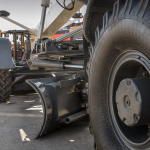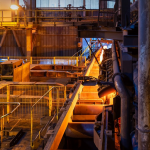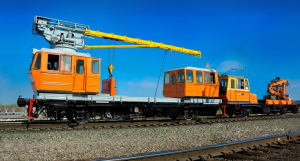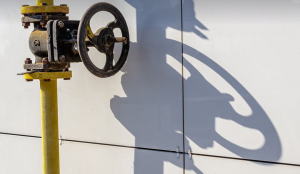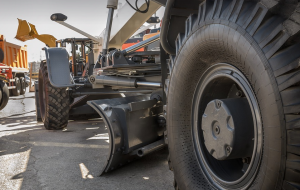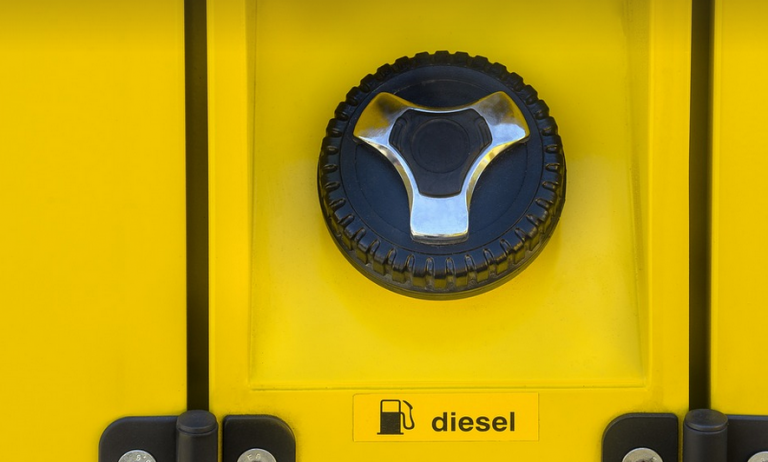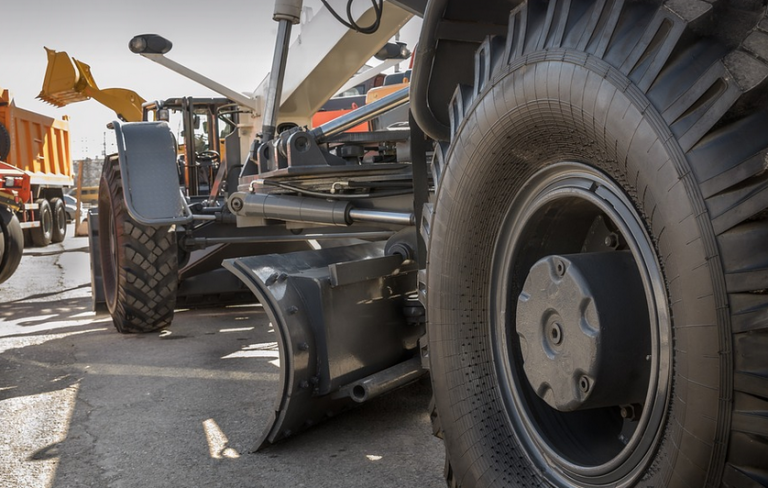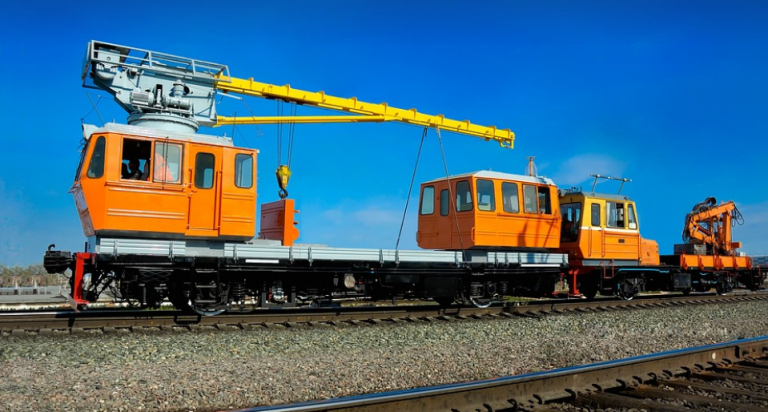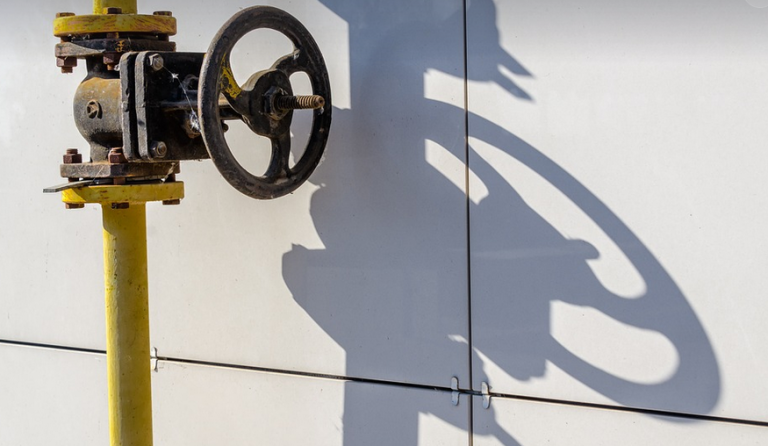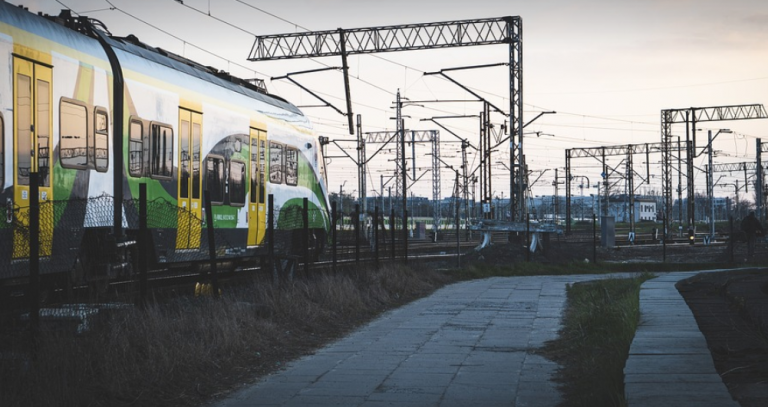Understanding the Risks
Hey there, gearheads and DIY enthusiasts! We all know a good welding project can be exhilarating, leaving you with a sense of accomplishment and some seriously impressive metalwork. But before you unleash your inner artist on that rusty old bike frame or that scrap pile destined for greatness, let’s talk about one element you need to handle with extra care: brake cleaner.
Now, I know what you might be thinking: “Brake cleaner? That stuff is just for messy cars!” And yeah, it can get things sparkling clean. But, in the realm of welding, it’s a recipe for disaster. While brake cleaner may seem harmless and ready to tackle those sticky grease stains around your welding equipment, it interacts with welding fumes and creates a dangerous cocktail that could harm you and your project.
Think about it: brake cleaners are essentially volatile chemical concoctions designed to strip grease and grime off metal surfaces. They contain flammable solvents like alcohol, acetone, and glycol ethers that evaporate quickly at room temperature, creating vapors that can easily ignite. Now picture welding fumes – those hot and toxic fumes from burning metal – mixing with the chemicals in your brake cleaner. It isn’t exactly a recipe for a safe and productive welding session, is it?
Why Brake Cleaner is a No-Go Near Welding
Let me tell you why this combination of brake cleaner and welding should be avoided like the plague:
- Fumes and Explosions: When these fumes mix with the heat from your welding torch, they can ignite explosively. If not properly ventilated, the risk of a fire or explosion is incredibly high.
- Toxic Reactions: Brake cleaner’s volatile chemicals react violently with welding fumes, producing harmful byproducts that could impact your health and even lead to long-term respiratory issues.
- Corrosion and Damage: The chemical reactions between brake cleaner and the metal surface of your equipment can cause significant corrosion and damage, potentially shortening the lifespan of your tools.
- Unpredictable Reactions: Every welding project is different. The type of metals, welding techniques used, and even temperature changes can lead to unpredictable chemical interactions between brake cleaner and your welding setup.
You wouldn’t want to be caught in a room with both a gas leak and an open fire, would you? Brake cleaners pose a serious threat when combined with welding fumes. It’s just not worth the risk.
The Safe Alternative: Don’t Mix Chemicals!
So, how do we keep our projects safe while getting that satisfying burn on those metal pieces? The answer is simple, yet often overlooked.
Here’s a few tips for keeping your welding project both clean and safe:
- Always Work in a Well-Ventilated Area: Welding fumes are potent, and using them requires proper ventilation. Use a fume extractor or open windows to let fresh air circulate around you.
- Wear Protective Gear: Safety first! Always wear welding gloves, a respirator mask, and eye protection when working with any chemicals that could potentially be hazardous.
Remember, your health is worth it. Let’s make sure we’re not just creating beautiful metal art but also creating safe workspaces for ourselves!
What to Do When Accidents Happen
Now, let’s get real – accidents happen. If you find yourself in a situation where brake cleaner and welding fumes have mixed unexpectedly, it’s crucial to act fast and stay calm:
1. **Evacuate the Area:** Get away from the source of the potential hazard. Your safety is paramount.
2. **Ventilate:** Open windows or doors to let in fresh air and move any objects that could create a fire hazard.
3. **Call for Help:** If you are unsure about what to do, it’s always best to call your local emergency services. It’s better to be safe than sorry!
4. **Do Not Panic:** A calm head will help you make the right decisions when dealing with a mishap.
Conclusion: Welding Safely is Fun and Easy!
There you have it, folks – a comprehensive guide on why mixing brake cleaner and welding is a dangerous idea. Let me emphasize once again that safety should always be your top priority when working with chemicals and electricity. With proper knowledge and precautions, you can enjoy the thrill of welding without compromising your health or your project’s integrity. Remember, responsible use, meticulous preparation, and a dash of common sense will go a long way in ensuring successful and safe welding experiences!



